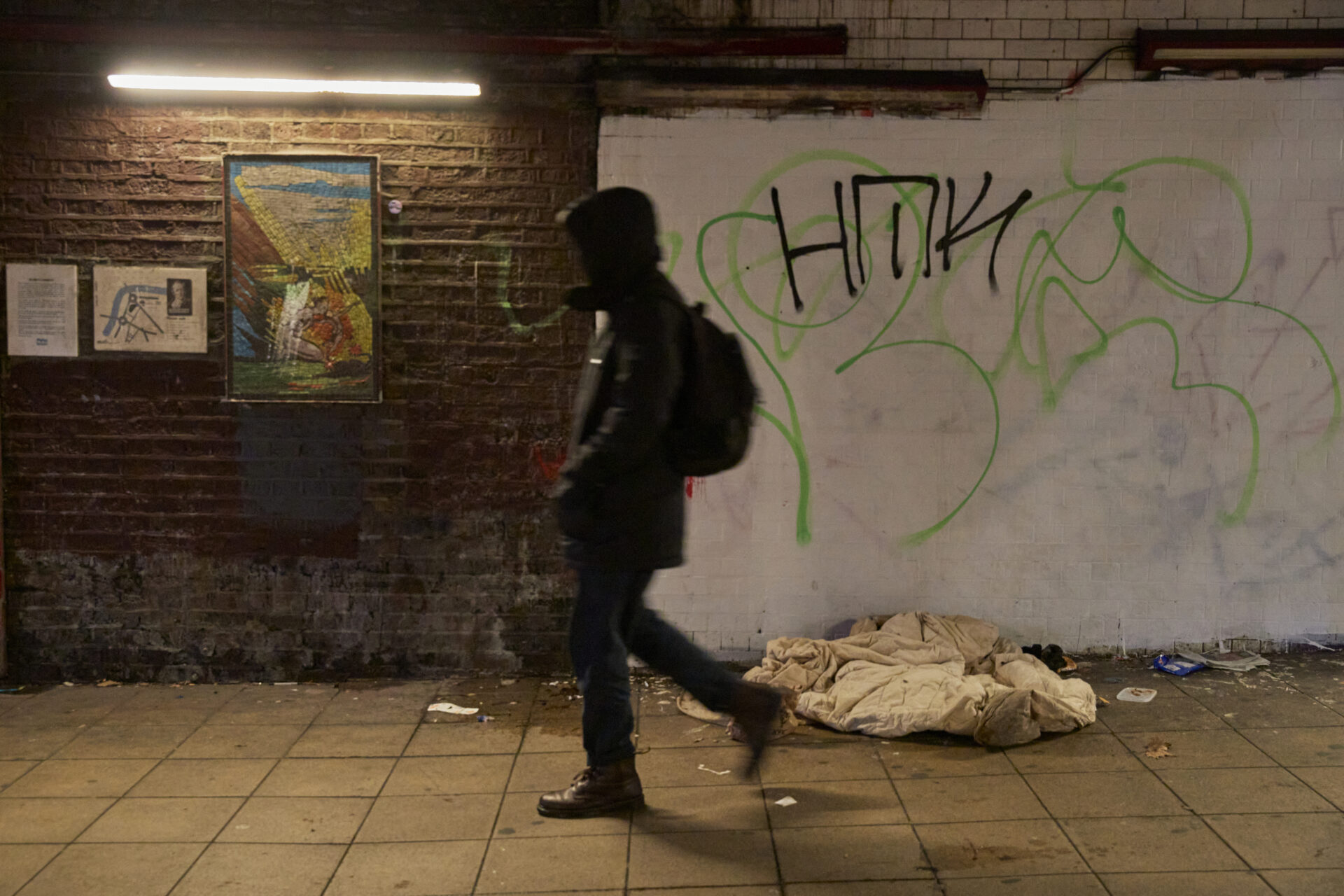Latest annual figures reveal the full extent of the homelessness crisis
The cost-of-living crisis has contributed to a vast increase in numbers of people sleeping rough

Released today, official statistics of people rough sleeping in London reveal a 21% increase in people sleeping rough in the capital from last year, exposing the real impact of not only the cost-of-living and housing crises, but also tighter immigration and asylum restrictions post-Brexit. They represent a 250% increase on the figure for 2010.
The cost-of-living crisis has particularly affected people who are trying to live in independent accommodation, who are responsible for paying bills on very low incomes. This has meant that maintaining accommodation is increasingly difficult, and particularly affects those who were already at risk of rough sleeping, and people trying to move on and rebuild their lives after homelessness. At Thames Reach, we have dedicated teams supporting people into their own homes in different circumstances, whether this is to prevent their homelessness, after periods of sleeping rough, or transitioning from staying in hostels. However, rising rents and increased energy and food costs are becoming overwhelming, and for some it is simply not possible to keep on top of these costs and maintain accommodation.
Just under 50% of people seen sleeping rough in London are non-UK nationals; this is similar to the proportions in 2010 –11, but with the 250% increase we are seeing, the actual number of people is much higher. The limited or non-existent access to public help that this group are facing remains the same, and it means that resolving their homelessness is more difficult and that they are likely to spend much longer on the streets, and to experience the damage that comes with this.
These numbers are shocking, but they are even more reason to ensure that we are reaching as many people across London as possible. We must ensure there is the right investment and support to ensure people are not feeling isolated, and that they do feel part of a community in their new home, in addition to mitigating the worst possible outcome for individuals by providing prevention services. If we can prevent an individual’s homelessness, we are closer to ending all homelessness.
